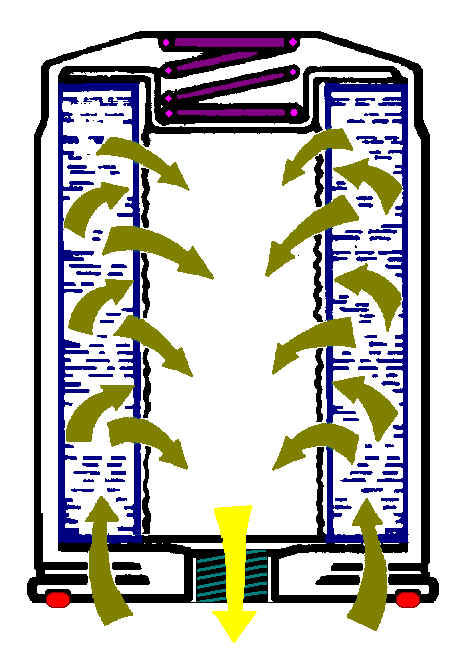151
FE Technical Forum / Re: bent pushrods
« on: May 13, 2016, 02:43:34 PM »
I would be more than a little curious at exactly why they bent.
If it is an interference issue the guides/valves are likely scored. If the valves are not bent it would be a surprise to me as they are pretty delicate that way. Over-revved or seized, either way they hit the pistons. I would have to look, pull the valves and put them back in the grinder to prove they are straight. These valves may seal up again with the pressure of combustion, but it seems likely this will raise it's ugly head down the road a ways, just after the "warranty" is past...
If it is an interference issue the guides/valves are likely scored. If the valves are not bent it would be a surprise to me as they are pretty delicate that way. Over-revved or seized, either way they hit the pistons. I would have to look, pull the valves and put them back in the grinder to prove they are straight. These valves may seal up again with the pressure of combustion, but it seems likely this will raise it's ugly head down the road a ways, just after the "warranty" is past...


